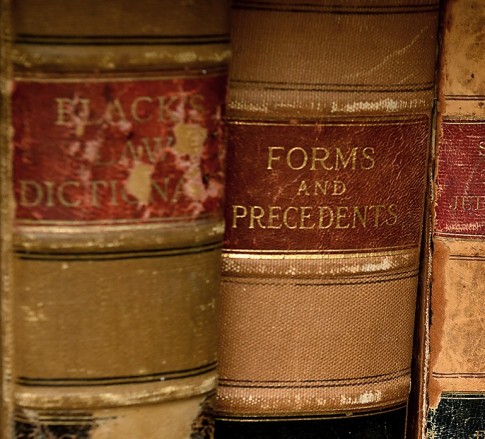Understanding Copyright
August 14, 2023
In the United States, copyright law safeguards original works of authorship that are fixed in a tangible medium, allowing them to be perceived for more than a fleeting moment. This doesn't mean the work must be directly visible; it can be perceived with the help of a machine or device. Here's what can be protected:
- Literary Works: This includes characters within the works.
- Musical Works: Words accompanying the music are also protected.
- Dramatic Works: This includes any accompanying music.
- Pantomimes and Choreographic Works
- Pictorial, Graphic, and Sculptural Works
- Motion Pictures and Other Audiovisual Works
- Sound Recordings: Created on or after February 15, 1972, and certain earlier foreign sound recordings.
- Architectural Works: Created on or after December 1, 1990, or constructed by December 31, 2002.
- Sound recordings made before February 15, 1972, have unique protection under section 1401 of Title 17 of the United States Code. This protection resembles copyright for later recordings but has key differences.
Rights Covered: What Rights Does Copyright Include?
Copyright ownership grants exclusive rights to:
- Reproduce the work.
- Prepare derivative works.
- Distribute copies to the public.
- Perform the work publicly (for specific types of works).
- Display the work publicly.
- Perform the work publicly via digital audio transmission (for sound recordings).
Excluded Works: What Cannot Be Protected?
Certain things are not protected by copyright, such as:
- Unfixed works.
- Works by U.S. government employees (with exceptions).
- Works without human authorship.
- Short phrases and familiar symbols.
- Mere variations of design.
- Listings of ingredients or contents.
- Facts, ideas, and discoveries.
- Blank forms.
- Works with no original authorship.
Fair Use and Fair Dealing: What Constitutes Fair Use?
U.S. law recognizes the doctrine of fair use, codified in section 107 of the Copyright Act. Courts consider four factors to determine if a use is fair, including the purpose and character of the use, the nature of the copyrighted work, the amount taken, and the effect on the potential market.
Architectural Works: How Are They Protected?
Architectural works are protected as the design of a building, including plans or drawings. Protection extends to the overall form but not individual standard features.
Performance Rights: How Are They Covered?
The U.S. Copyright Act provides a general right of public performance for various works, including a limited right for sound recordings. Exemptions are provided in specialized circumstances.
Neighboring Rights: Are They Recognized?
U.S. law recognizes rights similar to 'neighboring rights' in other countries. These include rights of performers, producers, broadcasters, and creators of various works, protected under federal copyright law and specialized provisions.
Understanding copyright law is essential for creators, businesses, and legal professionals. This guide offers a comprehensive overview of what is protected, the rights covered, and the limitations and exceptions that apply. For personalized guidance on copyright matters, please consult with our experienced legal team.
Joshua A. Claybourn is a member serving as the firm’s intellectual property and licensing practice group leader. He also represents municipalities and units of government.



